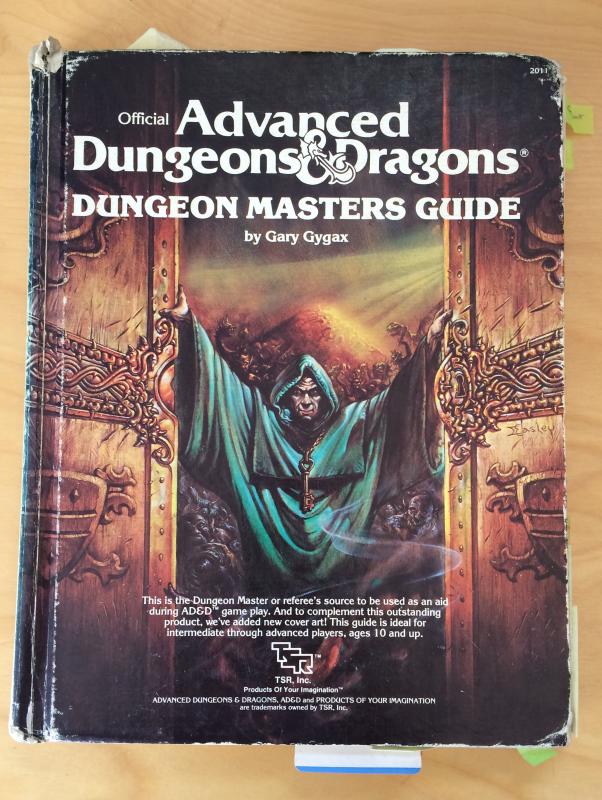

It's heavier in the DMG than in the PHB, since the DMG is really all about explaining the reasons for the decisions the devs made, and the consequences(both good and bad) of altering them in certain ways. And already here, we've got what, to me, really feels like a major departure from at least the later games. We're given 3d6 down the line as the basic rolling method for generating stats(Method I), but it comes with commentary on what sort of characters it'll generate and then we're immediately given another five methods to use, II through VI.

If you can believe it, quite a few of the art pieces in the book illustrate an adventurer about to have a very bad day Chapter 1: Player Character Ability ScoresĪbility scores are more or less the heart of any character, so for a book focused on creating adventurers, it's a natural starting point. There's also an example of play which I'm not going to copypaste, except to say that it actually captures pretty well what a game is like(except that no one's playing a wizard, there's always someone playing a wizard, it's a constant). I think it's one of of the few, if not the only time, I can recall a game describing the purpose of the game as being fun. These images are from a scan of a book, so sometimes they'll be a bit slanted, my b It encourages people to just jump into the game with some experienced players and learn the ropes as they go along, and then describes, for the complete newcomer, what a roleplaying game is, and what the goal of one is. Like most books, it's got a foreword(even in 1995 they were struggling to figure out what was actually core to D&D when making a new edition, if you can believe it), and then the usual "hey man, let's get you playing some games"-bit. Did I mention this book is packed with fucking sweet art? The Real Basics

Fuck 'em, though, 2nd ed is the best D&D we got, and it has the best cover that any of the PHB's ever got. People who came in with 3rd ed or 4th ed make fun of Thac0 and consider it a game for the die-hard grogs who've yet to get with the times. The old schoolers are big fans of BECMI and older, champions of OSR, and consider 2nd ed a muddled, over-complicated build on top of their perfect game(sorry if I'm misrepresenting anyone, but these are the OSR guys I know). In a way it's kind of the "lost" or "forgotten" edition. So without some compare and contrast, it's a pretty dry matter if you haven't experienced and aren't hype for it.Īnd I'll be honest: I'm probably one of the very few people who actually love 2nd ed. All that was the realm of the various sourcebooks you could snag, of which we've seen a few reviewed(Birthright, Dark Sun and Planescape for sure). No world map, no great conflicts, no premade NPC's, nada. There's an assumption that you'll be playing in something medieval-verging-on-renaissance, with some magic and monsters and heroes, but that's it. Because the corebook, even the monster book and the DMG, are completely void of any actual setting. Seems like some old-schoolers have very strong feelings about 2e that are based more on the overall trends in campaign settings during that period rather than the actual ruleset.īut I think what's more interesting is what they got right that I feel other editions didn't, which is probably a good starting point for reviewing 2nd ed. Sure, especially if you can compare it to other rulesets.


 0 kommentar(er)
0 kommentar(er)
